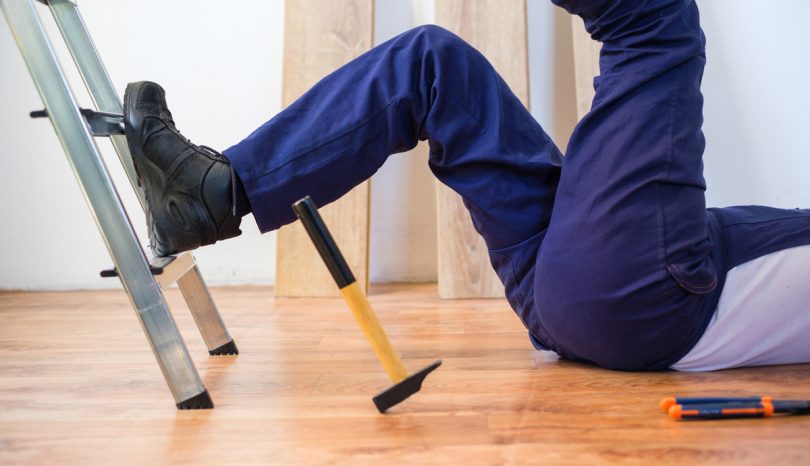- Find A Medical Provider
- Auto Injuries
- Common Injuries
- Medical/Pharmaceutical
- Types of Medical Injuries
- Malpractice Injuries
- Drug and Medical Device Injuries
- Drugs and Devices Linked to Cancer
- Opioid Addiction
- Drugs and Devices Known to Cause Injury
- 3M Combat Arms Earplugs – Hearing Loss
- Accutane
- Aciphex
- Actonel
- Actos
- Adderall and Ritalin
- Advair
- Aldara (Imiquimod)
- Alli
- Ambien
- Amiodarone
- Anzemet
- Aptivus
- Aranesp
- Arava
- Atorvastatin
- Avandia
- Benicar
- Birth Control Medication
- Blood Thinners
- Essure
- Fosamax (Alendronate Sodium)
- Gadolinium-Based MRI Contrast Agents
- Granuflo
- Hernia or Surgical Mesh Injuries
- Hydroxycut
- Inferior Vena Cava Filters
- Invokana Toe and Foot Amputations
- Ketek
- Levaquin
- Lipitor
- Mirapex
- Neurontin
- Onglyza
- Over-the-Counter Medications
- OxyContin
- Paxil
- Power Morcellators
- Pradaxa
- Propecia
- Reglan
- Talc Powder
- Trasylol
- Valsartan
- Viagra
- Xolair
- Zelnorm
- Zoloft
- Work Injuries
- Sports Injuries
- Marketing Services
- Blog
List your practice on InjuredCare | Log in / Sign up
Elevated Falls

According to the Bureau of Labor Statistics, 17 percent of fatal occupational injuries that occurred in the U.S. in 2015 were due to falls. About half of those falls were from elevated heights. High-level falls are associated with serious injuries, including damage to internal organs, the head, the chest and the abdomen. Many of the injuries can be avoided with common-sense precautions.
Causes of Elevated Falls
Ladders: Ladder-related injuries often occur when people attempt to reach too far while on a ladder or when clothing gets caught on a ladder rung. Failure to inspect ladders for cracks, loose rungs and sharp edges can cause serious accidents. Rungs and side rails of ladders covered with oil, grease or mud present a danger as well.
Elevated Vehicles and Equipment: Falls from truck beds, tractors or other large equipment is a common cause of serious injury and even death. Wet or muddy steps leading onto or off of trucks, tractors, machinery, wagons or trailers can lead to elevated falls.
Loading Docks: Loading docks and ramps with wet surfaces and slippery dock plates can be dangerous if they do not have skid-resistant surfaces and railings.
Stairs: Stairwells that lack proper lighting and sturdy hand rails or that are slippery present a danger to workers. Workers required to carry heavy or bulky objects up and down stairs increase their risk of fall because their vision is blocked and they cannot use their hands to break a fall.
Footwear: Footwear that is effective at reducing elevated falls have slip-resistant heels, steel toes and ankle and arch support.
Elevated falls cause a wide range of injuries. Some of the most common are injuries to the spine, head, chest, abdomen and pelvis.
Diagnosing Injuries from Elevated Falls
Methods for diagnosing the particular conditions resulting from an elevated fall depend on the nature of the injuries.
Treating Injuries from Elevated Falls
Treatment for injuries that result from an elevated fall depend on the injury. Because many of these injuries are serious, urgent medical treatment likely will be required. At a minimum, a doctor should evaluate the person who fell.
Spinal cord and head injuries are two serious and common types of damage suffered after an elevated fall. In either case, the individual should not be moved unless he or she is in danger of being further harmed.
Spinal Cord Injury
The goal of treatment is to reduce the long-term negative affects of the injury and to maintain the individual's ability to walk. Steroids called corticosteroids are sometimes used to reduce the swelling that can cause damage to the spinal cord. Surgery to remove fluid, bone and disk fragments, or tissue pressing on the spinal cord or to stabilize fractured vertebrae could be necessary.
Head Injury
Medications often can be used to manage the swelling that naturally occurs in the brain as a result of a head injury. In less than half of all head injury cases, surgery is required to repair the damaged part of the brain or to drain blood or other fluids that collect between the skull and brain. Rehabilitation likely will be necessary if a significant brain injury has occurred. This involves teaching the injured individual basic life skills, such as talking and walking.
Source Information
Schulte, Paul A., Ph.D., Journal of Occupational & Environmental Medicine 47, no. 6: 607-22.
Lehtola, Carol J., William J. Becker, and Charles M. Brown. "Preventing Injuries from Slips, Trips and Falls." University of Florida Institute of Food and Agricultural Sciences.
National Institute for Occupational Safety and Health.
"Strategic Precautions Against Fatal Falls on the Job Are Recommended by NIOSH." Jan. 2, 2001.
MedlinePlus. "Spinal Cord Trauma." National Library of Medicine and National Institutes of Health (accessed Aug. 17, 2017).
Mayo Clinic staff. "Traumatic brain injury." MayoClinic.com (accessed Aug. 17, 2017).









